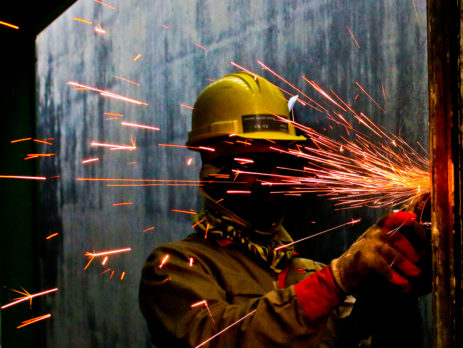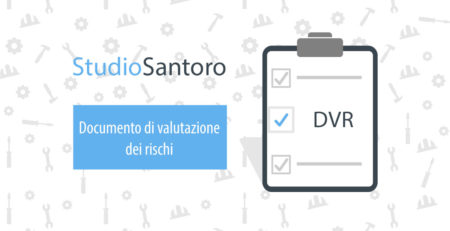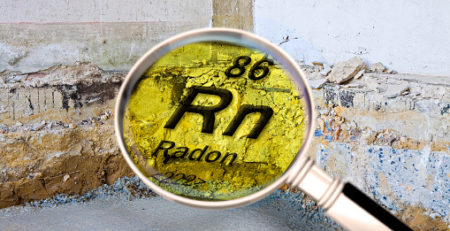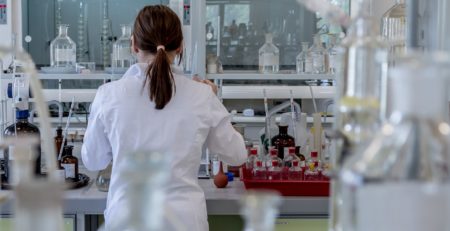Occupational health and safety: risk assessment, rights and duties
We hear more and more often about safety in the workplace and the prevention of related risks. The awareness that work can bring about changes in health has its origins in the past.
Through continuous study and growing attention to human health, in 1948, health was recognized as a fundamental right, through the approval of Article 32 of the Constitution which states: “The Republic protects health as a fundamental right of the person and interest of the community “. The law is revolutionary in the double value of health: it is an inviolable and absolute individual right and a collective good. And article 41, paragraph 2, on economic initiative establishes that “it cannot be carried out in contrast with social utility or in a way that could harm security, freedom, human dignity”.
The advancement of technologies together with numerous cultural, economic and social factors has led to an improvement in safety and health conditions in the workplace. This has allowed us to witness a gradual disappearance of severe cases of metal and solvent poisoning, and the parallel improvement in the general state of health and an increase in the economic well-being of workers. The dissemination of new knowledge has led to increasing awareness of the need for a different approach in public health, which seeks to prevent certain pathologies and which is aimed at promoting, protecting and maintaining the state of health.
But what do we mean by safety in the workplace?
By workplace safety we mean the set of actions inside and outside the company, aimed at guaranteeing the safety of workers, external collaborators and those who are, even occasionally, inside the workplace, as well as protecting the general population and the environment. The measures of hygiene and the protection of the health and safety of workers aim to improve working conditions and not expose workers to the risk of accidents and develop an occupational disease.
As reported by Legislative Decree 81/2008 (Art. 28), the first of the general measures for the protection of health and safety of workers is the Risk Assessment, a concept that combines the probability of an event occurring with the impact that this could have and with its different circumstances of occurrence.
Who are the figures involved?
The risk assessment must be carried out by the employer with the collaboration of the head of the prevention and protection service (RSPP), the competent doctor and the workers’ safety representative (RLS), if there is one. The employer therefore promotes cooperation and coordination for the preparation of a single document indicating the measures taken to eliminate or, where this is not possible, minimize the risks of interference.
There are three stages for risk assessment:
• identification of the source of the risk
• assessment of exposure
• risk estimation
It often turns out to be the most important step in the risk management process and can also be the most difficult and error-prone.
Risk assessment is based on the acquisition of general scientific knowledge and field investigations. Once the risks have been identified and assessed, preventive measures and interventions are established to eliminate, reduce and / or contain the risk, plan information and training activities on the risks and any protective measures adopted and to guide workers’ health surveillance.
Based on the degree and type of risk, prevention measures are adopted (set of planned measures to prevent the occurrence of a harmful event) and protection (set of measures envisaged and aimed at limiting the consequences of an event harmful, since it occurs) which can be of the type:
• organizational-procedural: instructions or operating procedures, provide behavioral indications to guide the worker to carry out their work safely
• techniques: refer to the choice of machinery and equipment, as well as to the choice of preventive and protective measures to be adopted
• training: information, education and training on the risks present and on the prevention and protection measures adopted.
The law expressly provides that if it is possible to adopt a collective protection tool (for example by isolating a machine that is too noisy through sound-absorbing panels), the employer is required to prefer this solution to the use of personal protective equipment (headphones, masks, glasses, gloves, etc.).
On the other hand, when individual protection devices are adopted, they must:
• be adequate for the risks to be prevented, without entailing a greater risk per se
• take into account the ergonomic or health needs of the worker
• comply with the quality standards required by law.
Today the trend is to try to focus more and more on both occupational and environmental prevention, making the community and individuals responsible for preventive action.
If you wish to request a consultation, the team of Studio Santoro will be able to guide you in choosing the service that best suits your needs.











